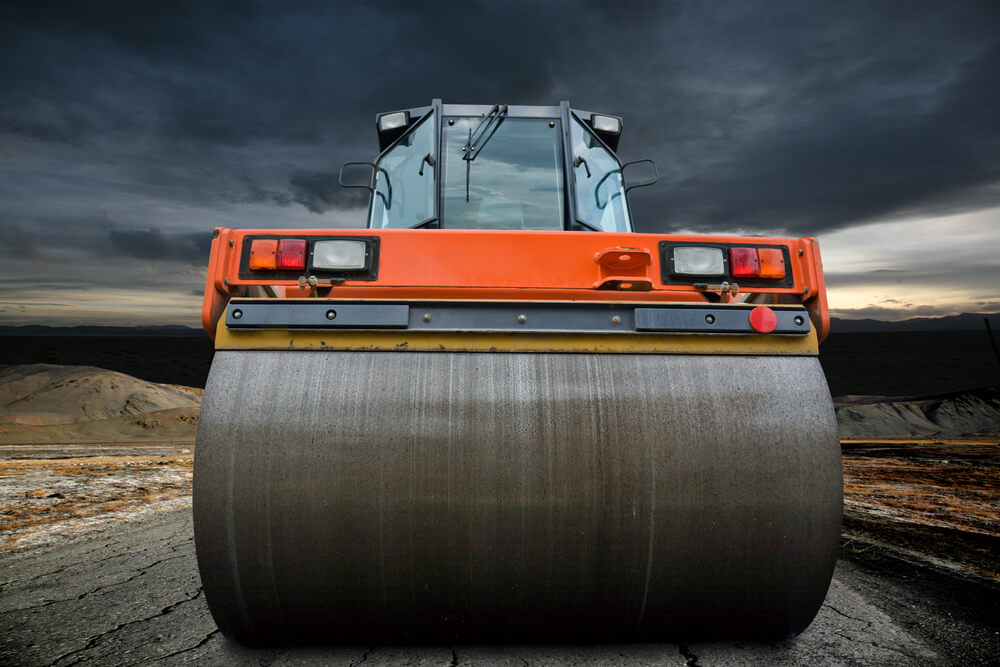 Plate compactors and rollers are very useful pieces of equipment commonly used on roads, sidewalks, and other construction projects. While manufacturers of compaction gear integrate a range of features into their machines, the way operators use equipment will also have a major impact on safety outcomes. Whether you’re a business with staff using compactors and rollers or an operator yourself, you need to be aware of safety issues and take steps to address them.
Plate compactors and rollers are very useful pieces of equipment commonly used on roads, sidewalks, and other construction projects. While manufacturers of compaction gear integrate a range of features into their machines, the way operators use equipment will also have a major impact on safety outcomes. Whether you’re a business with staff using compactors and rollers or an operator yourself, you need to be aware of safety issues and take steps to address them.
Use the right compactor for the job
Compaction equipment ranges in size and type, power, weight, type, and model or design, with different advantages and limitations depending on the work you’re doing.
- Rammer – Rammers are also known as jumping jacks and they’re usually best for small and confined areas that need compacting.
- Vibrating plate compactor – Vibrating plate compactors are suitable for compacting bigger sites. If you use a reversible model, you can move backwards as well as forwards during operation.
- Drum roller – Drum roller designs are versatile models which are suitable for use on soil or asphalt applications.
- Trench roller – Trench roller compactors are designed to be used in trenches.
Select compaction equipment with safety features
Depending on the model, your compactor might come with a range of safety features that are suitable or even vital for the work that you’re doing. Safety features can include reinforced plates at the bottom, resistant vibration features, and protection cushioning. Others include rollover protective structures. Be aware of these safety features and ensure you or your machinery operators are taking full advantage of these features.
Assess site and clear area
Always assess the site or area to be compacted for risks before you start, especially for rollover risks when using rollers. Clear the space of any live electrical cables, water, gas, and any other cables or piping that can be damaged by compacting or damage the machine.
Check the site for overhead and underground hazards, such as power lines and utilities, and take measures to control or minimise these risks. Limit access to the site while the machine is in operation, especially access by children and animals.
Review manufacturer’s instructions
Follow the manufacturer’s instructions and make sure supervising staff and operators are knowledgeable about these instructions before the project starts. If you’re using attachments, ensure that these are properly fitted and are manufacturer approved or fully compatible. Practice operating the compactor before starting the job, and always keep a copy of the operating manual with the machine or available to the operator.
Operate in well-ventilated, well-lit areas
If the compactor runs on fuel, work only in spaces that are well-ventilated. If you can’t, make sure all operators wear masks that limit or eliminate exposure to exhaust fumes. Keeping the space well-lit is also important for allowing the operator to maintain visual acuity.
Maintenance and operation
Always clean the compactor in the manner recommended by the manufacturer and never use cleaning solutions that are not approved. If the compactor comes with guards, make sure these are in place before you start the machine. Follow the shutdown and power-up instructions for operation, and never leave the machine running unattended.
Never operate a damaged equipment. Have a procedure for checking the machine and reporting any defects or damage at the end of every work day so they can be repaired in a timely manner.
Wear appropriate clothing
Operators should be provided with the relevant safety clothing and equipment. This can include masks or goggles, and earplugs or earmuffs. If operators are working with hot bitumen or other hot substances, provide them with appropriate long-sleeved clothing, gloves, boots, and other accessories to prevent skin contact. Give operators guidelines on removing any loose clothing and jewellery before operating the equipment.
Support staff with training, instruction, and supervision
The most important thing is to support operators with the right training, guidelines, and supervision.
- Training – Compactors should be operated by appropriately trained staff members. Training programs should cover how to keep risk on worksites to a minimum, and how to take steps to control risks. It’s usually necessary to provide regular refresher or update training sessions when you have new staff on board.
- Instructions – Develop policies and step-by-step guides for operating compactors and provide your staff members with these, along with the manufacturer’s operating manual. Different pieces of equipment may need different guidelines. Update these operational and safety guidelines often to keep your safety practices up to date.
- Supervision – Supervisors should be aware of your safety policies and guidelines and know that they’re responsible for enforcing them. Supervision can provide a vital extra pair of eyes to monitor operations and worksites for any new risks. Supervisors also play an important role in reviewing and updating safety practices on worksites.
Safety First
Compaction equipment are vital for many road and construction projects, and when used in the correct way they can be very safe pieces of equipment. By assessing site risks and providing operators with training and support, you can ensure that you and your staff are using the equipment safely and without risk.
If you have any questions about using your Solution Plant Hire compactor or roller, contact our experts today and we’ll happy to answer them for you. Or if you need to hire a compactor or roller, get in touch today for our rates.



